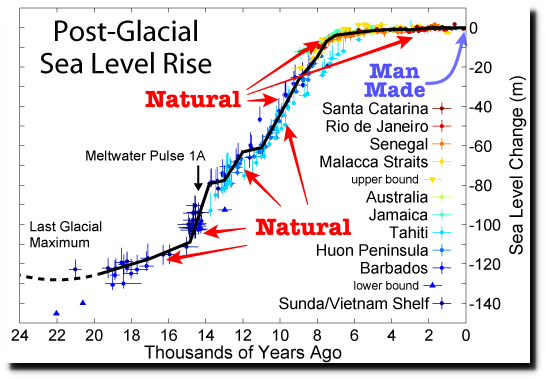The animation shows Arctic ice extents on day 304 (end of October) for the years 2012 through yesterday 2021. Note the variability from year to year on the CanAm (left side) with the Beaufort Sea at the top, Canadian Archipelago center left, and Baffin Bay, lower left between Greenland and Newfoundland. More noticeable are the Russian shelf seas fluctuations on the right side. Some years, like 2020, there is still open water, but this year those seas are frozen over, including from the top Chukchi, East Siberian, Laptev, and Kara Seas down to bottom right.
The graph below shows October daily ice extents for 2021 compared to 14 year averages, and some years of note.
The black line shows during October on average Arctic ice extents increase ~3.4M km2 from ~4.9M km2 up to ~8.3M km2. The 2021 cyan MASIE line started the month ~500k km2 above average and on day 304 retained a surplus of ~160k km2. The Sea Ice Index in orange (SII from NOAA) started with the same deficit, then lagged behind in the last two weeks, before ending ~100k km2 lower than MASIE. 2019 and 2020 were well below average at this stage of the ice recovery.
Why is this important? All the claims of global climate emergency depend on dangerously higher temperatures, lower sea ice, and rising sea levels. The lack of additional warming is documented in a post Adios, Global Warming
The lack of acceleration in sea levels along coastlines has been discussed also. See USCS Warnings of Coastal Flooding
Also, a longer term perspective is informative:
 The table below shows the distribution of Sea Ice on day 304 across the Arctic Regions, on average, this year and 2020.
The table below shows the distribution of Sea Ice on day 304 across the Arctic Regions, on average, this year and 2020.
| Region | 2021304 | Day 304 Average | 2021-Ave. | 2020304 | 2021-2020 |
| (0) Northern_Hemisphere | 8528046 | 8369146 | 158900 | 6954249 | 1573797 |
| (1) Beaufort_Sea | 982244 | 946489 | 35755 | 1044967 | -62723 |
| (2) Chukchi_Sea | 659384 | 436299 | 223085 | 369981 | 289403 |
| (3) East_Siberian_Sea | 1086959 | 909416 | 177543 | 373761 | 713197 |
| (4) Laptev_Sea | 894716 | 831110 | 63606 | 283776 | 610940 |
| (5) Kara_Sea | 626536 | 444754 | 181781 | 269583 | 356952 |
| (6) Barents_Sea | 55711 | 77133 | -21422 | 14206 | 41505 |
| (7) Greenland_Sea | 360759 | 415579 | -54820 | 463525 | -102766 |
| (8) Baffin_Bay_Gulf_of_St._Lawrence | 107176 | 269121 | -161945 | 232788 | -125611 |
| (9) Canadian_Archipelago | 557042 | 788762 | -231720 | 802238 | -245196 |
| (10) Hudson_Bay | 5061 | 82352 | -77292 | 73773 | -68712 |
| (11) Central_Arctic | 3160959 | 3158164 | 2794 | 3023876 | 137083 |
The overall surplus to average is 159k km2, (2%). Note large surpluses of ice in BCE (Beaufort, Chukchi and East Siberian seas). as well as in Laptev and Kara on the Russian coast. The main deficits to average are in Baffin Bay and CAA, more than offset by surpluses elsewhere. Note that 2021 ice extent exceeds that of 2020 by 1.6M km2, most of the difference being in East Siberian, Laptev and Kara Seas.


Illustration by Eleanor Lutz shows Earth’s seasonal climate changes. If played in full screen, the four corners present views from top, bottom and sides. It is a visual representation of scientific datasets measuring Arctic ice extents.


One comment